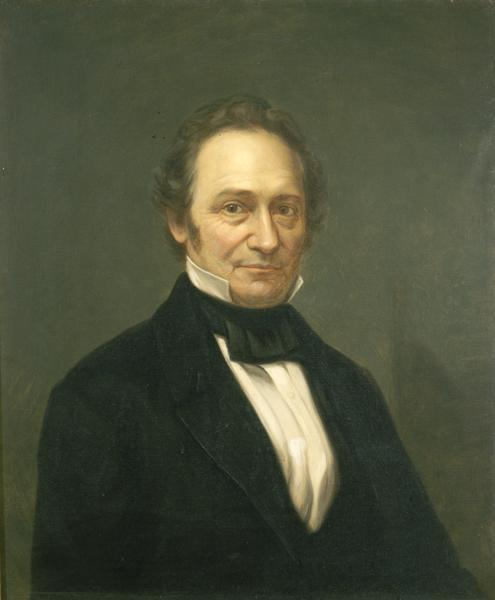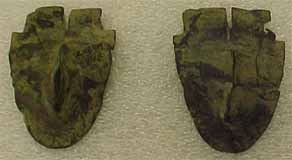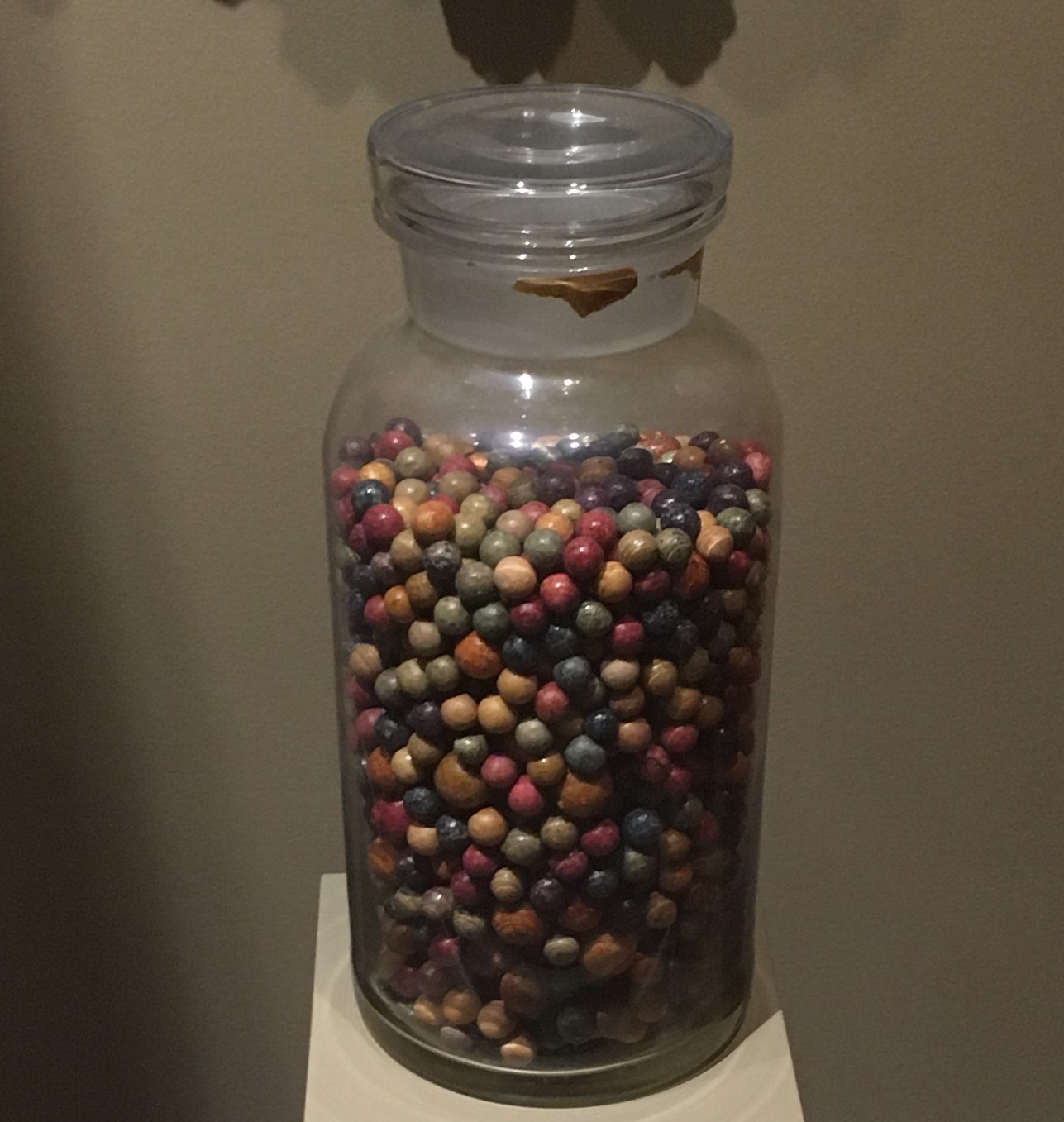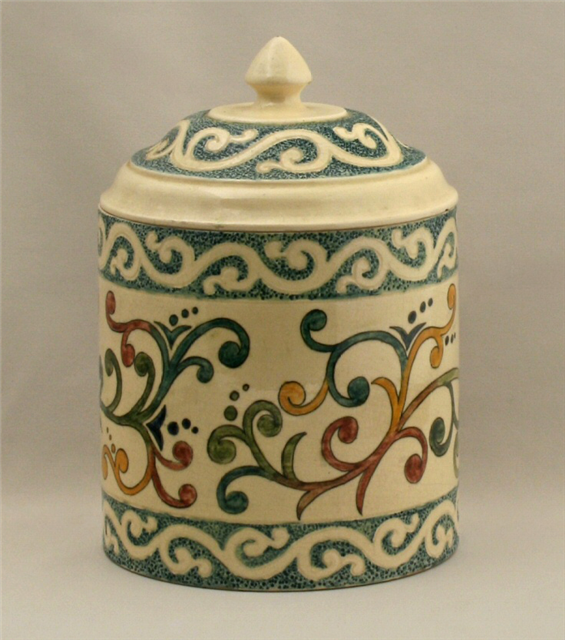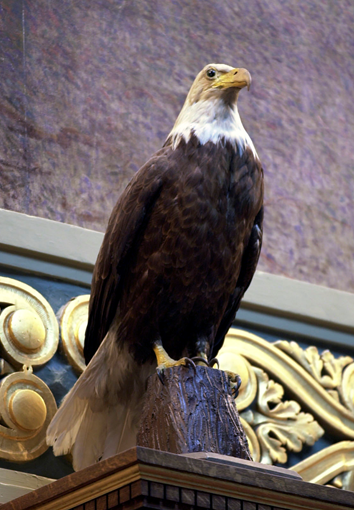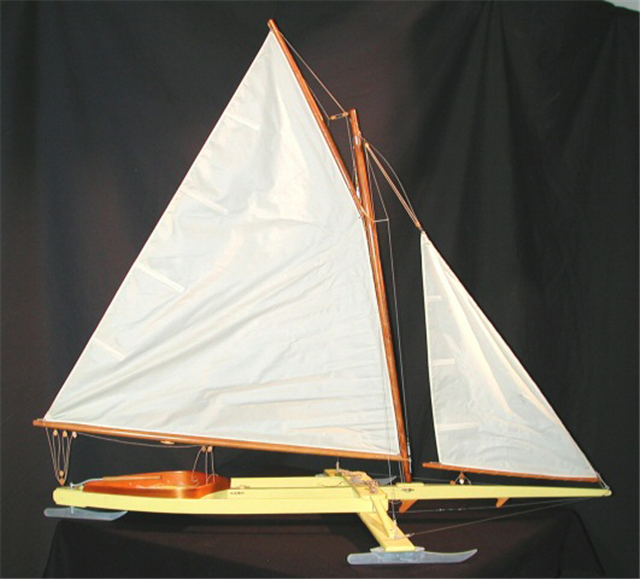James Duane Doty
As settlers continued moving westward during the nineteenth century, the United States was a mix of states and large territories. From 1805-1837, Wisconsin was part of the Michigan territory. James Duane Doty spearheaded the movement to create partitions in the Michigan territory, …
